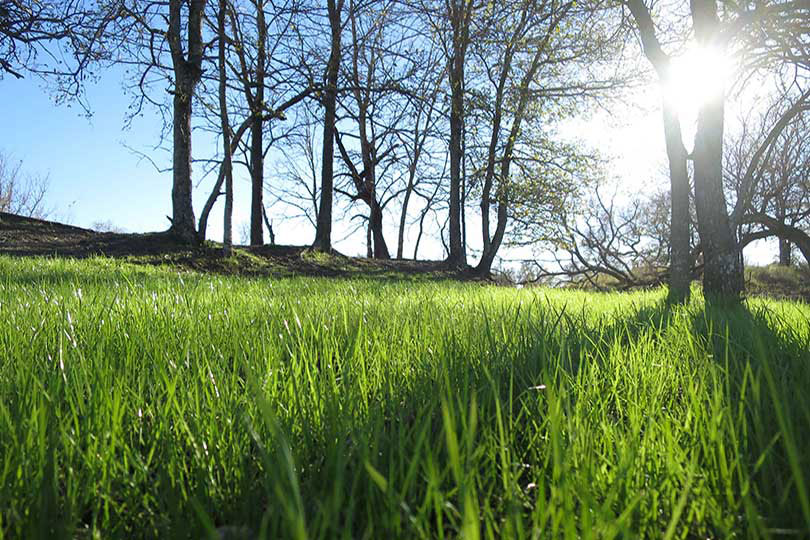By Justin Walker
Communications Specialist
As spring approaches in the Lone Star State, farmers and ranchers are on the lookout for a potentially deadly disease in their herd.
Grass tetany, also known as grass staggers, is a metabolic disease found in cattle and sheep when the animal does not receive the adequate amount of magnesium.
“These cows have been living off of hay for the last two months, and they want something fresh and green,” Tracy Tomascik, associate director of Commodity and Regulatory Activities for Texas Farm Bureau, said. “If the hay is not available and they change their diet to a high percentage of fresh ryegrass, wheat or oats, then the risk of deficient levels of magnesium increases.”
Grass tetany often occurs in grazing pastures with rapidly growing grass, which usually happens in early spring.
“We are seeing the perfect conditions for rapid grass growth,” Tomascik said. “We had an ample amount of rainfall in Central Texas and other parts of the state. That rain was followed by higher temperatures, and that’s ideal for grass to grow. It’s the perfect storm.”
Tomascik explained spring grasses are normally low in magnesium, so as cattle switch to all-grass diets, grass tetany becomes a concern.
“Unfortunately, the warning signs come really fast,” Tomascik said. “If you catch it in its acute form, you might see staggering, loss of muscle control, agitation, hypersensitivity. You will notice something wrong with these animals.”
After that, grass tetany can rapidly increase in severity. Cattle can go down thrashing, which could lead to death.
“If you are lucky enough to find it early, then treatment for it is to administer a magnesium/calcium combination that a veterinarian will have available,” Tomascik said.
It is fairly easy to manage the disease, Tomascik said.
“The recommendations are to keep a free choice, high-magnesium supplement available ahead of and during these times,” he said. “Those are readily available in a variety of forms. They could be loose minerals, blocks or cooked molasses tubs with a mineral fortification in it.”
It’s important to keep hay available to prevent cattle from completely switching their diet to the fresh ryegrass.
“Do your best to give cattle a diet that is mixed or has some variation in it,” Tomascik said. “Use hay in addition to access to the green forage.”
Click here for more information on grass tetany.

